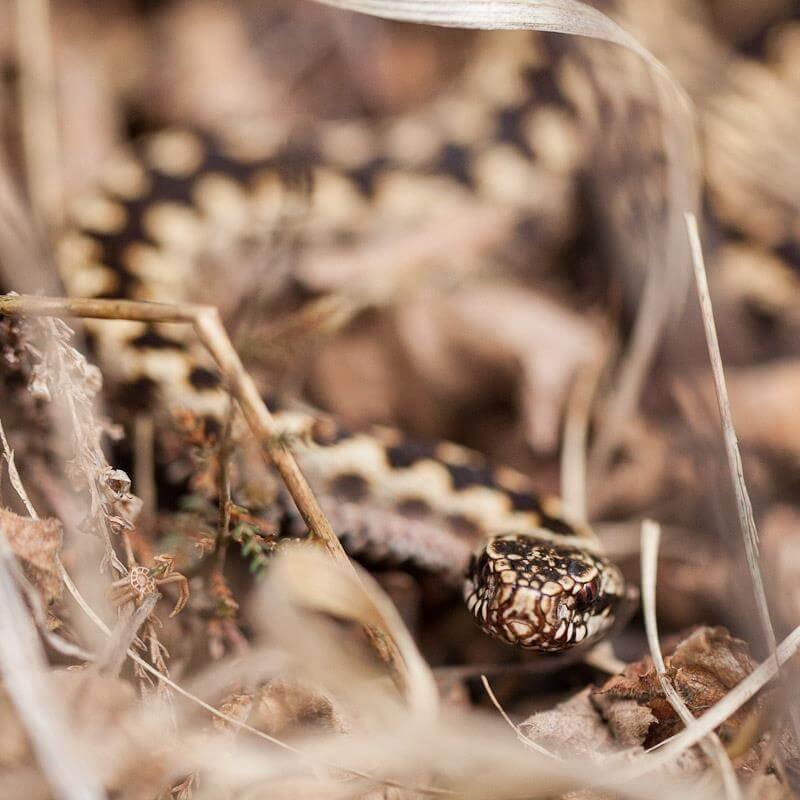Each day during the week leading up to Earth Day on April 22nd, Nature First Ambassadors and Members will share their thoughts on Earth Day’s importance.
Contribution from Ron van Gool, Ruud van der Bliek, and Madeleine Lenagh, representing the Netherlands:
That Nature First chose to launch on Earth Day 2019 should surprise no one. The commitment to photograph our natural world whilst putting the importance of nature foremost in our priorities is an extension of the commitment to be a steward to our earth and to sustainability.
In The Netherlands, this is no different. In a compact, heavily populated country, there are very few really wild places to visit or photograph. But the nature, landscape, and wildlife of the country lead a fragile existence. This is why the Dutch ambassadors’ team is committed to being advocates for putting Nature First.

– Prioritize the well-being of nature over photography
Nature photography is immensely popular in the Netherlands. Professional photographers lead countless workshops in all fields: landscape photography, macrophotography, and wildlife/bird photography, and those workshops generally sell out immediately. One of the principles we discuss with workshop leaders is to teach their participants that it’s ok to miss a shot if getting it would mean doing any harm to the environment or subject.
– Educate yourself about the places you photograph
This covers not only the locations but the species you photograph. There is little knowledge about the harm that can be done by (for instance) handling amphibians, disturbing resting insects and nesting birds, trampling the habitat of tree frogs, or baiting wildlife. We visit photography clubs and lead discussions to make photographers aware of the ethical choices they make when in the field.
– Reflect on the possible impact of your actions
This is never a black-and-white proposition. One of the most important concepts we advocate in all our discussions is to always think carefully before you act. Think about the effect of anything you do out in nature. Is it worth getting the shot? Here are a few examples:
After several years of social media campaigns, it is now an unwritten rule to not take close-up photos of nesting birds or to disturb them by hanging around the nest. For most other wildlife this awareness hasn’t come that far. For example, there’s still a social media campaign going on to keep dogs on a leash to keep them from hunting deer (and cattle).
In April, when days are getting warmer, all kinds of reptiles and amphibians awake from hibernation and can easily be seen in open spaces warming up in the sun. For many photographers, one of the highlights of spring is to take a photo of an adder (viper), preferably with a macro lens as close as possible. Getting that close is very disturbing and even threatening to these animals and can have a negative impact on the number of yearly offspring. So, keep a few meters distance, stay low to the ground, and use a telephoto lens instead. And don’t share the locations!

– Use discretion if sharing locations
Even though the Netherlands has very few iconic locations, its quiet beauty attracts hordes of photographers daily. There are even popular location guides for landscape photography. But a prominent issue is the location of rare or nesting birds and the sightings of rare wildlife species (like the wolf) or baby wildlife. Emotions can run high during discussions about location sharing. We try to emphasize the importance of staying open to discussions like this.
– Know and follow rules and regulations
Sometimes it seems as though the prevailing sentiment in The Netherlands is that rules are made to be broken. Explaining the reasons behind the rules helps photographers to make the right choice. Stick to the rules. This is part of our educative task.
– Always follow Leave No Trace principles and strive to leave places better than you found them
Fortunately, awareness of the mess humans tend to leave behind is growing. We support cleaning up actions and urge photographers to always take along a trash bag that can be filled before leaving the location.

– Actively promote and educate others about these principles
Getting out among photographers, both professional and amateur, and discussing these principles with them is the main focus of the Dutch team’s activities. A surprising number of professional photographers seem to be reticent about openly sharing the principles, afraid of the backlash of competitors pointing the finger and saying, ‘Yes, but I saw him leaving the path once!’ (Or similar accusations). This is why we try to emphasize the importance of open, honest discussions.
